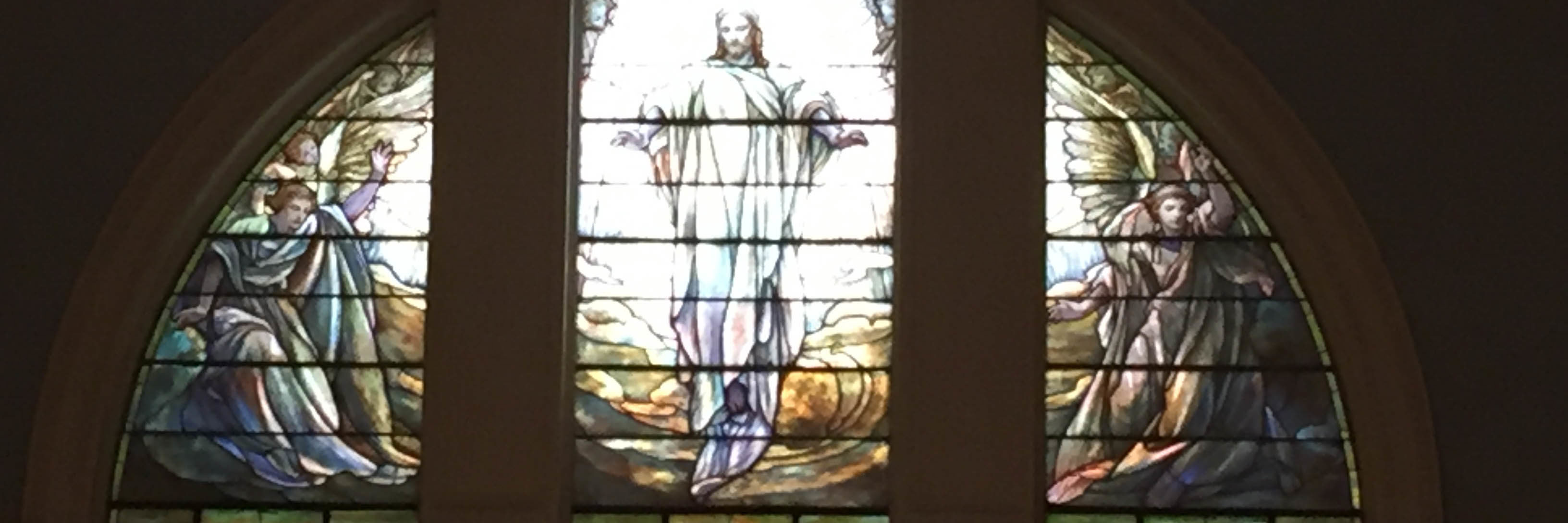A message from Travis, September 10, 2020
Dear church family and friends,
Matthew is the first book in the New Testament, even though it was not the first New Testament book written. It wasn’t even the first Gospel written. Then why is it first? I mentioned one of the most important reasons in last Sunday’s sermon. There are many interesting stories behind the ordering of the books in the Bible. I thought it would be fun to explore of those stories in today’s e-news. One of my favorite stories concerns the Book of Malachi.
In the Christian ordering of the Hebrew Bible, which Christians commonly called the Old Testament, Malachi is the last book. However, the Jewish faith, which calls the sacred text of the Hebrew Bible the Tanach, arranges the books in a different order. In the Tanach, Chronicles is the last book. Christians could have chosen to use the same Order as does the Jewish faith. However, early Christians wanted to demonstrate that the books of the Old Testament and the News Testament comprise one continuing story of God’s connection to and redemptive relationship with humanity. They wanted to show how the stories in the Hebrew Bible lead up to the life of Jesus, who is the long-awaited Messiah. They felt one way to do this was the place Malachi at the end of the Hebrew Bible.
The Book of Malachi ends with these words: “Lo, I will send you the prophet Elijah before the great and terrible day of the Lord comes. He will turn the hearts of parents to their children and the hearts of children to their parents, so that I will not come and strike the land with a curse” (Malachi 4:5, NRSV).
Early Christians interpreted John the Baptist as an Elijah figure, spoken of in Malachi and other books, who preceded the coming messiah, Jesus. The Gospel writers went to a great length to depict John the Baptist this way, including descriptions of his clothing and diet. Excluding their prologues and the birth stories, the Gospels writers begin their stories of Jesus’ ministry with John the Baptist. For example, Matthew begins its telling of the ministry of Jesus with these words:
“In those days John the Baptist appeared in the wilderness of Judea, proclaiming, ‘Repent, for the kingdom of heaven has come near.’ This is the one of whom the prophet Isaiah spoke when he said, ‘The voice of one crying out in the wilderness:
“Prepare the way of the Lord, make his paths straight.” ‘
Now John wore clothing of camel’s hair with a leather belt around his waist, and his food was locusts and wild honey. Then the people of Jerusalem and all Judea were going out to him, and all the region along the Jordan, and they were baptized by him in the river Jordan, confessing their sins.
But when he saw many Pharisees and Sadducees coming for baptism, he said to them, ‘You brood of vipers! Who warned you to flee from the wrath to come? Bear fruit worthy of repentance. Do not presume to say to yourselves, “We have Abraham as our ancestor”; for I tell you, God is able from these stones to raise up children to Abraham. Even now the axe is lying at the root of the trees; every tree therefore that does not bear good fruit is cut down and thrown into the fire.
‘I baptize you with water for repentance, but one who is more powerful than I is coming after me; I am not worthy to carry his sandals. He will baptize you with the Holy Spirit and fire. His winnowing-fork is in his hand, and he will clear his threshing-floor and will gather his wheat into the granary; but the chaff he will burn with unquenchable fire.'” (Matthew 3:1-12, NRSV).
The early Christians thought that the best way to demonstrate that the Hebrew Bible and the New Testament were one continuous story was to end the Hebrew Bible with the foretelling of the coming of the Elijah. who would herald the way of the Messiah, and to begin the New Testament with the Elijah figure, who heralds the way of the Messiah, Jesus.
See, I told you that it was a great story!
Blessings and Grace,
Pastor Travis
